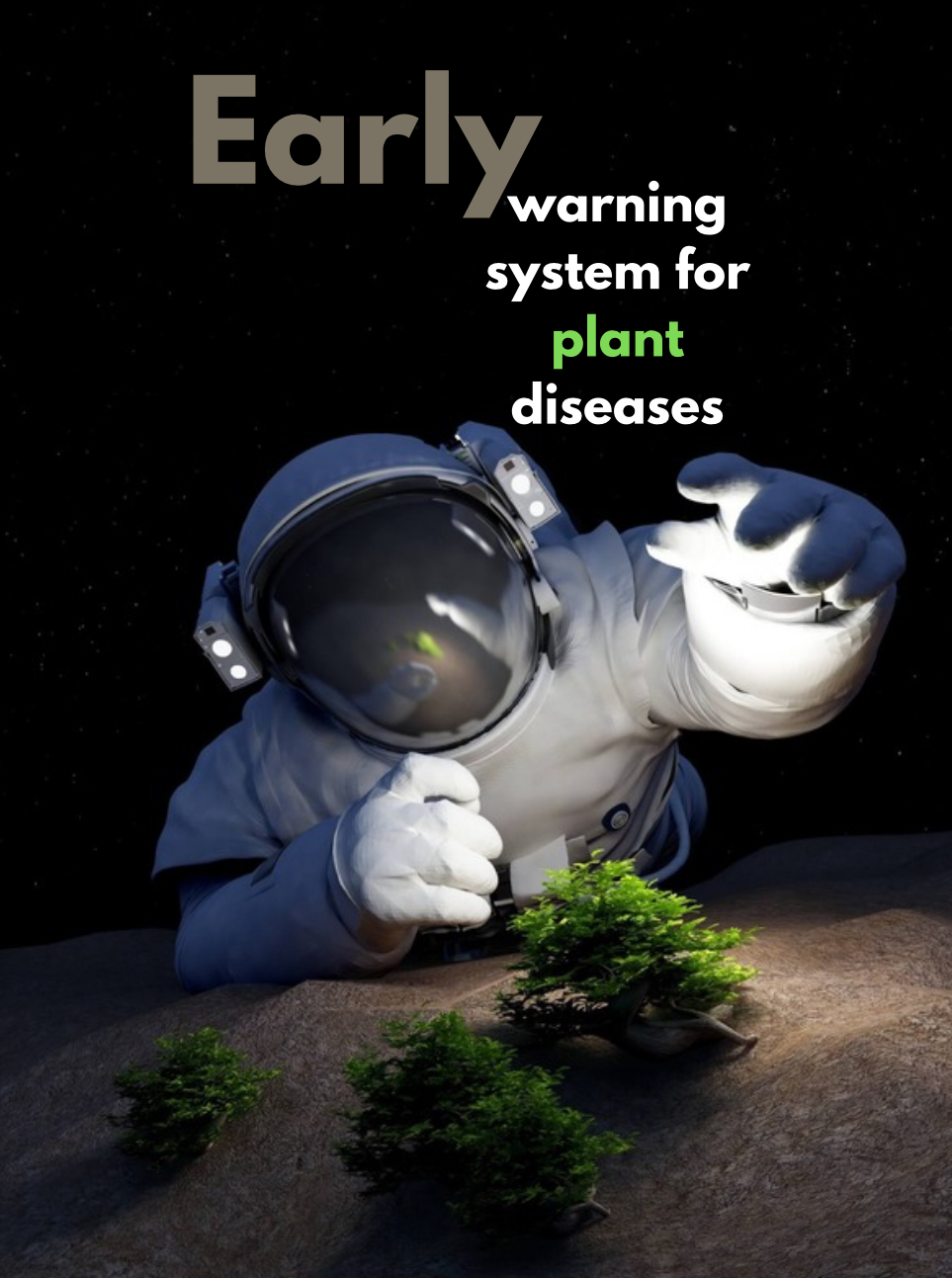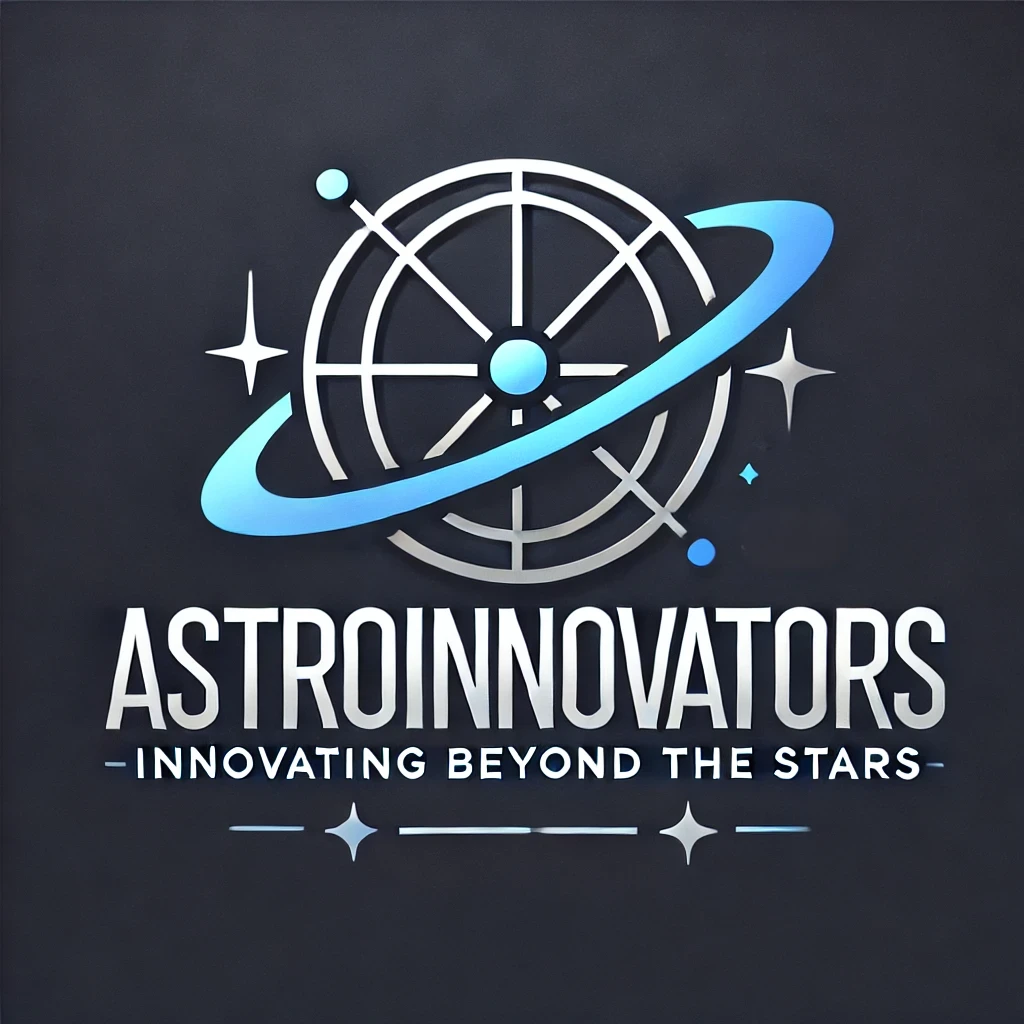Background
The United Nations (UN) Sustainable Development Goals (SDGs), adopted by all UN member states in 2015, provide a blueprint for peace and prosperity for people and the planet. When establishing these goals, the UN recognized how climate-change-driven disasters can harm people and the planet, and how gender inequity is exacerbated in situations of instability. After catastrophes like natural disasters, marginalized groups, such as gender minorities, are more likely to experience greater negative effects, creating a “crisis layered on top of a crisis” situation. Gender inequality and climate change are often examined separately, but to achieve sustainable development it’s important not only to understand how these two challenges intersect to create further displacement for marginalized communities, but also how solutions that build gender equity and mitigate the effects of climate change depend on each other.
Objectives
Your challenge is to use open-source data on gender inequality and climate change to model the relationship between these two topics, and propose a solution that promotes both gender equality and climate action.
How will you address this challenge? Will you approach this problem at a macro level by studying global trends such as the economic impact of climate disasters on marginalized groups? Or will you examine one localized case study, such as the impact of climate-change-driven drought on the gendered division of labor for pastoralist societies in an African country? Your modeling of the gender and climate intersection could take many different forms. You could develop an interactive dashboard or informative website, or something else. Don’t forget to identify not only the problem at hand, but potential solutions for how it can be solved.
Your proposed solutions could also take a variety of forms, depending on the issue you focus on. For example, if your model shows that the gendered impacts of climate change are underreported, your proposal could suggest methods to better collect and display this data in a useful manner. If you modeled how a local community is impacted by climate change—for example, the effects of environmental degradation on indigenous women in a particular region—you could propose a community-specific climate mitigation plan.
Potential Considerations
You may (but are not required to) consider the following:
For data and resources related to this challenge, refer to the Resources tab at the top of the page. More resources may be added before the hackathon begins.

Tabuk
Sep 08, 2024
Gender and Climate
Gender and Climate
"نظام الإنذار المبكر لأمراض النباتات هو تقنية مبتكرة تهدف إلى الكشف المبكر عن الأمراض التي تصيب المحاصيل، مما يساعد المزارعين على اتخاذ إجراءات سريعة للحد من الخسائر. **الجمهور المستهدف:** المزارعون، الباحثون، والمزارع التجارية. **ميزات أو مزايا فريدة:** يحقق النظام دقة عالية في التنبؤ بالأمراض، ويستخدم تقنيات الذكاء الاصطناعي لتحليل البيانات الزراعية. **نوع الحل:** حل تقني يعتمد على البيانات. **تقنيات الحل:** يستخدم النظام مستشعرات، تحليل الصور، والبيانات المناخية، بالإضافة إلى خوارزميات التعلم الآلي لتحديد المخاطر وتقديم توصيات دقيقة."
Our team needs 3 membersRequest to Join the Team |

albaha
Sep 08, 2024
Gender and Climate
Gender and Climate
تطبيق "مراقبة التغيرات المناخية" يستخدم بيانات الأقمار الصناعية المفتوحة، مثل "كوبيرنيكوس" و"لاندسات"، لرصد التغيرات المناخية في مناطق محددة. يقدم التطبيق تحليلات مرئية وسهلة الفهم حول تطورات الغطاء النباتي، مستوى المياه، تلوث الهواء، وذوبان الجليد. يستهدف التطبيق العلماء وعامة الناس، ويتيح متابعة التغيرات في الزمن الحقيقي أو شبه الحقيقي مع توفير تنبيهات عند حدوث تغييرات كبيرة. يهدف إلى رفع الوعي البيئي وتعزيز استخدام البيانات الفضائية لدعم القرارات البيئية والحكومية المبنية على معلومات دقيقة.